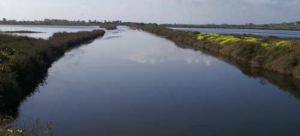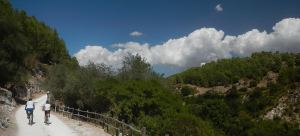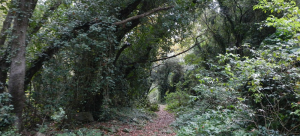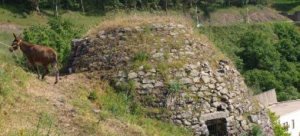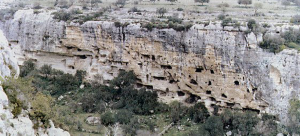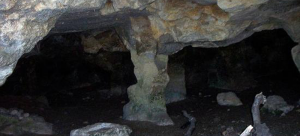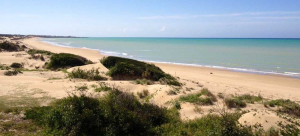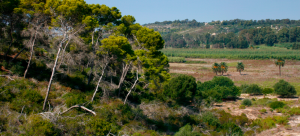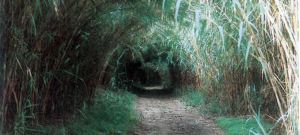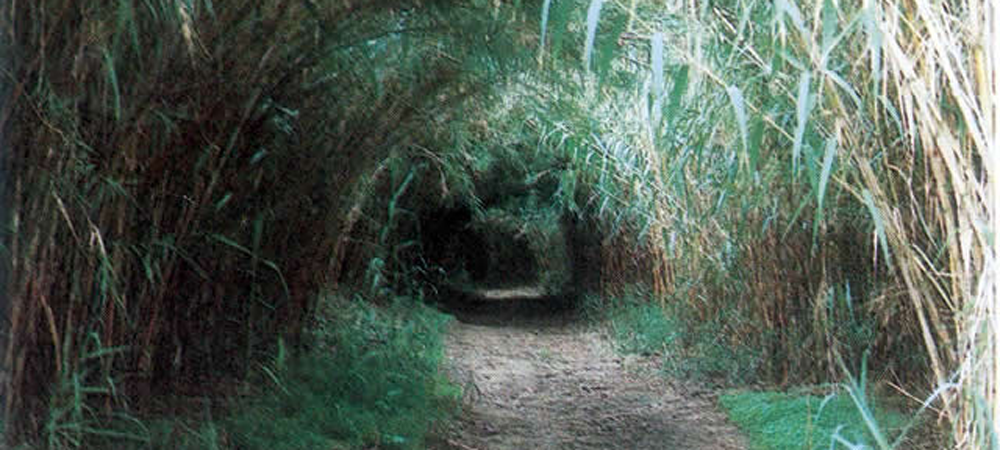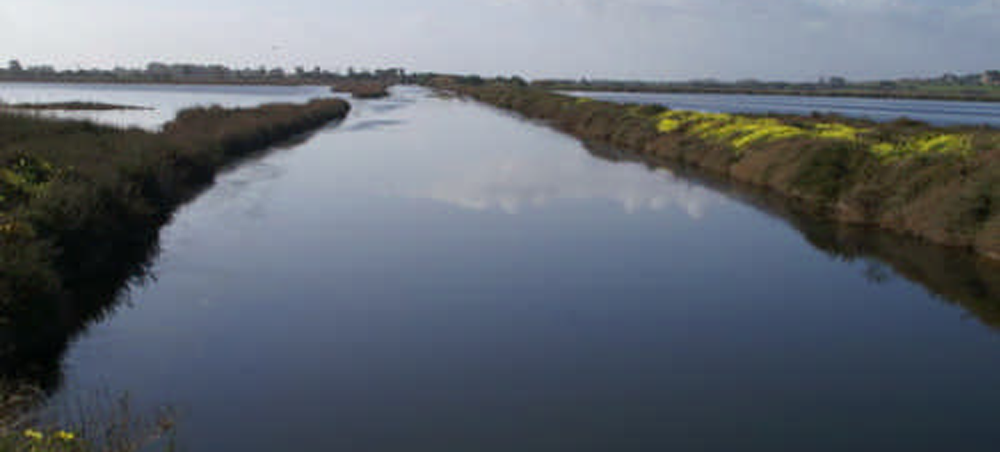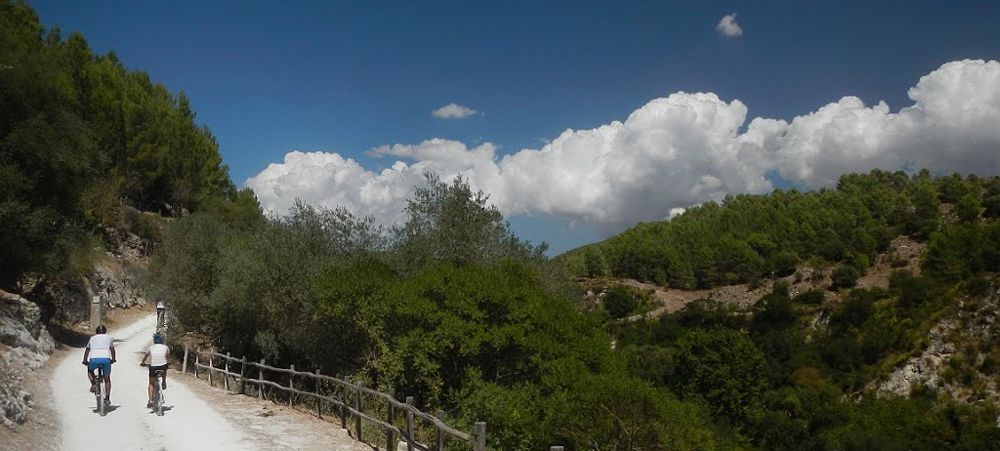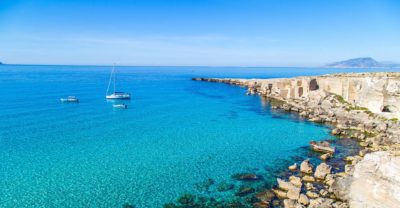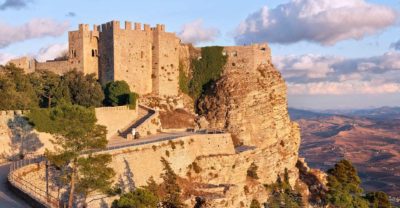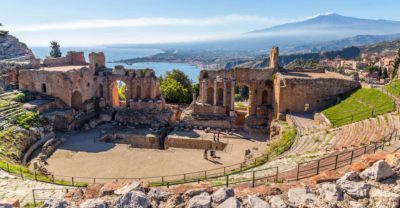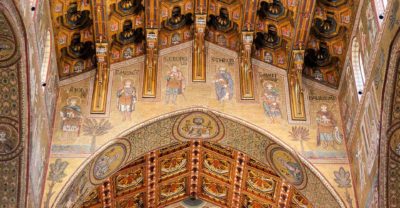Nature tourism
Ragusa
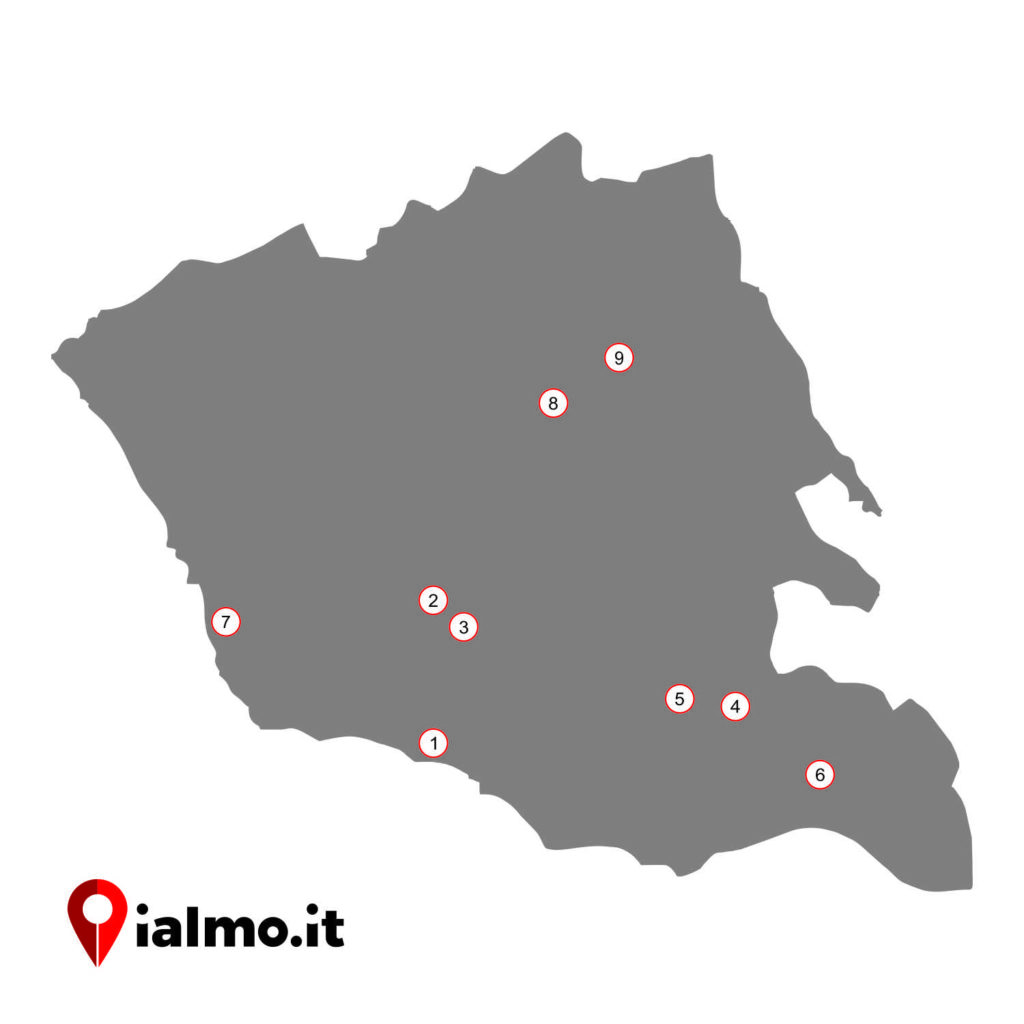
Nature reserve of the Mediterranean scrub of the Irminio, Ragusa: located within the municipalities of Ragusa and Scicli, the nature reserve extends over the mouth of the river which springs from Monte Lauro, upwards in the Hyblaean Mountains.
Founded in 1985 by the Regional Department of Environment, the reserve overlooks the Mediterranean see, alternating sandy coasts with rocky cliffs sloping down towards the water. The flora is mainly composed by Mediterranean scrub and a wide variety of floristic species among which there are the lentisk, eryngo, sea daffodil, Salsola, European searocket, Ephedra and juniper. Along the river’s shores grow high plants such as cottonwoods, willows and eucalypti.
On small cliff there are agaves, Mediterranean dwarf palms and thyme trees. Local fauna mostly consists of migrant birds which choose the reserve as a stopover during their migration from Africa to northern Europe and vice versa.
Among the most numerous species there are the black-winged stilt, kingfisher, Eurasian coot, the little egret, common buzzard, great cormorant and the hawk.
Closer to the water there are frogs and toads, while in the sandy areas there are the European green lizard and the western whip snake.
Eventually, also the introduced species of the Nutria is worthy of mention.
Aleppo pine nature reserve, Comiso: comprehensive of both reserve and pre-reserve, this is a nature area that extends over 3.000 hectares upon the territories of Comiso, Vittoria and Ragusa. It also includes the final part of the Ippari to the south-west edge of the Hyblean tableland.
It was founded in 1990 at the initiative of the Region of Sicily with the aim of protecting and preserving the yet endangered local plants and trees such as the Pinus halepensis (typical of the Mediterranean area) and of rebuilding the pine forest in the garrigue fields (a plant community originated by degrading scrub), which has been damaged by men.
It is an area populated by numerous species such as the rabbit, fox, weasel, porcupine, and various bird species such as the European serin, black bird, and the goldfinch.
Besides the last specimens of Pinus Halepensis it is possible to find in nature the wild orchid, of which there are more than 30 species among which the rare Ophrys exaltata. There are also the oalster, carob treet, Mediterranean dwarf palm, kermes oak and Retama raetam or white broom. The brushwood is full of species typical of the Mediterranean scrub such as the lentisk, green olive tree, Mediterranean buckthorn, and also few speciemens of Terebinth, Arbutus, Calicotome, Thyme, Rosemary and Erica. Local fauna consists of weasels, hedgehogs, porcupines, rabbits, hares, foxes, garden dormice and fieldmice. Regarding the bird species there are the goldfinch, European serin, blackbird, hoopoe, wood pigeon, turtle dove, magpie, moorhen, the grey and the white wagtail, buzzard, kestrel, marsh harrier.
Among the nocturnal birds of prey: little owls, barn owls, black-winged stilts, grey herons, little egrets, mallards, garganeys, common shelducks, common sandpipers, kingfishers and European bee-eaters. The reptiles inhabiting this area are European ratsnakes, lizards and green lizards, gongilos and turtles. In the Ippari live eels, Mediterranean killifishes and tenches. A small wild and unblemished paradise which is not to be missed.
Cava Porcaro Archeological Nature Park, Comiso: Archeological site of significant historical and landscape value, it is located on the Hyblean Mountains, south-east of the residential area of Comiso. It contains several archeological records such as the Christian hypogeal catacombs (4th century AC) typical of the provincial area. The landscape has never changed throughout the centuries, maintaining the same beauty, alternating deep valleys with steep slopes. The park extends over about 27 hectares between two streams, Cucca and Porcaro, at an altitude of 300 and 400 meters above sea-level. It originally rose from a valley that turns towards Comiso; from above it is possible to observe the entire plain that extends up towards Gela and the sea.
Regarding the nature, it is possible to encounter numerous floristic species typical of the Hyblean Mountains: carob, lentisk, bean trefoil, hawthorn, and terebinth; wild pear tree and the Mediterranean dwarf palm. Each season has its own peculiar scenario: from blossoming irises, orchids, anemone, to the numerous medical and edible plant species.
In addition, thyme – used by bees to produce the famous Hyblean honey, elicriso –, red valerian and rue are widespread.
Cava Ispica, Modica – Ispica: it is a fluvial valley that runs for 13 km through the Hyblean tableland across Modica and Ispica. A stream whose upper reaches is called Pernamazzoni and its lower one Busaitone runs down the valley – which may even reach 100-meter depth and 500-meter breadth.
The presence of streams gave birth to an abundant vegetation which still attracts various bird and animal species that make this site peculiarly beautiful. The flora species within the cave are those typical of Mediterranean scrub such as evergreen oaks, tree spurges, carobs, dwarf palms, wild olives, planes; also the brushwood is composed by different varieties of plants: male fern, cyclamen, wood sorrel, borage, lesser calamint, ampelodesmos, asparagus, ivy, sage. With rocky walls suitable for human habitation, the northern part of the valley holds prehistorical necropolis, Christian catacombs, hermitages and various types of settlements.
In the southern part there are mainly defensible positions such as the Fortilitium, a natural citadel made out of hard limestone raised in the middle of the valley’s bed, and which had the function to block and defend.
Along the valley there are numerous caves either natural or artificially bored through the rock; without the proper equipment some of them are hard to reach because composed of narrow passages among rocks or stairs. Many caves are adjoining, sometimes on overlapping levels and communicating with one another through artificial trap doors hewn out of rock.
Cava dei Servi (Servants cave), Modica: here rocky walls alternate with overhanging rock-face plains and deep ravines flooded by the water of the stream Tellesimo.
The complex yet diversified morphology gives a special charm to the area, thanks also to the abundant vegetation on the sides and bottom of the valley.
It is possible to admire oak woods and sometime some garrigue, typical growth of bushes and shrubs among which the Thymbra capitata predominates.
There are also large tracts of Mediterranean shrub.
During its path across the cave, the stream Tellesimo forms the Gorgo della campana, a circular small of which nobody has measured the depth yet. Regarding the local fauna, besides bird species such as hawks, buzzards, woodcock and turtle dove, there are foxes, martens, porcupines and wild cats.
Pantano Longarini, Ispica: it is an area located in the territory of Ispica, about hundred meters far from the coast. Separated from the see only through dunes, the depression contains salty water and it is among the few natural lake areas of the province of Ragusa.
Known as Ulysses harbor, this area had been used as inner harbor since the time of Greeks and Romans. This has been confirmed when in the sixth decades of the 20th century, while carrying out excavations, the rests of a 6th century Byzantine vessel were found about 500 meters far from the coast.
The quagmire is used as a stopover by several bird species during their migration from Africa to northern Europe and vice versa.
It is possible to sight the mallard, common moorhens, the red-crested pochard, sedge warblers, common reed buntings, great reed warblers and sometimes even herons, storks and flamingos.
Cava Randello Nature reserve, Santa Croce Camerina: a safeguarded area between punta Braccetto and Scoglitti (always within the province of Ragusa), it consists of a pine forest that extends towards the sea and a sandy shore coasting a small bay. Located close to the Aleppo pine nature reserve, it shows characteristics similar to the latter. Among the floristic species there are the kermes oak, evergreen oaks, letisk, eucalyptus, myrtle and cypress.
In the area ruins of necropolis have been found, that were part of Kamarina archeological complex.
Pine forest of Chiaramonte, Chiaramonte Gulfi: it is a protected area surrounding the small town of Chiaramonte and representing its luxuriant entrance.
Managed by the State Forestry Corp of Ragusa, it has recreational facilities and a small zoo where peculiar bird species can be found.
Alongside with Canalazzo Park in Monterosso Almo and the lake/dam Dirillo in Licodia Eubea, the pine forest of Chiaramonte Gulfi offers mountain bike-lovers a breathtaking path that runs 60 km across verdant landscapes and slopes of particular interest for those keen on mountain biking.
Calaforno nature park, Monterosso Almo: area of a rare beauty, it extends upon the Hyblean Mountains. The route runs across a luxuriant and typically Mediterranean landscape, with Aleppo pines and plane trees. The park extends upon the picturesque little towns of Monterosso, Gulfi and Giarratana. Within the park it is also possible to visit the artificial lake of Santa Rosalia where numerous bird species nest, and among which there are the common raven (Corvus corax), common kestrel (Falco tinnunculus) and the red kite (Milvus milvus).
Ialmo Consiglia
Caffè Umberto, Chiaramonte Gulfi
